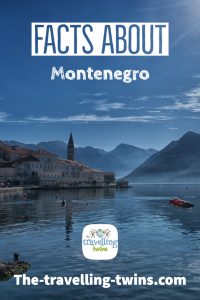
General Facts about Montenegro
Montenegro is located in Southeast Europe on the Adriatic Sea. It has land borders with Croatia, Serbia, Bosnia and Herzegovina, Kosovo and Albania.
Montenegro map
Montenegro has an area of 13,812 square km making it the second smallest (after Kosovo) of the seven independent states which emerged after the breakup of the communist nation of Yugoslavia.
It is not a new country. The nation first became independent in 1878 but was a principality 500 years earlier than that. Montenegrins might rather say that the united Yugoslavia was a temporary imposition.
Montenegro’s official English name is the Republic of Montenegro, and in the Montenegrin Language it is known as Crna Gora,
The language Montenegrin is a Slavonic language related closely to Serbian, and more distantly to both Russian and my own first language – Polish. (written Montenegrin to me seems a little bit like Polish but with fewer vowels!)
Name of the country
The name Montenegro comes from old Venetian Italian and means Black Mountain. As a Polish speaker, I can easily understand that Crna Gora is a word-for-word translation of the same. The mountain in question is the forested Mount Lovćen near Kotor, but the name spread to the whole region sometime between the 13th and 15th centuries.
Podgorica is Montenegro’s largest city and its capital. Today’s Podgorica is almost entirely of postwar construction because it was flattened by numerous bombing raids by both sides in the second world war.
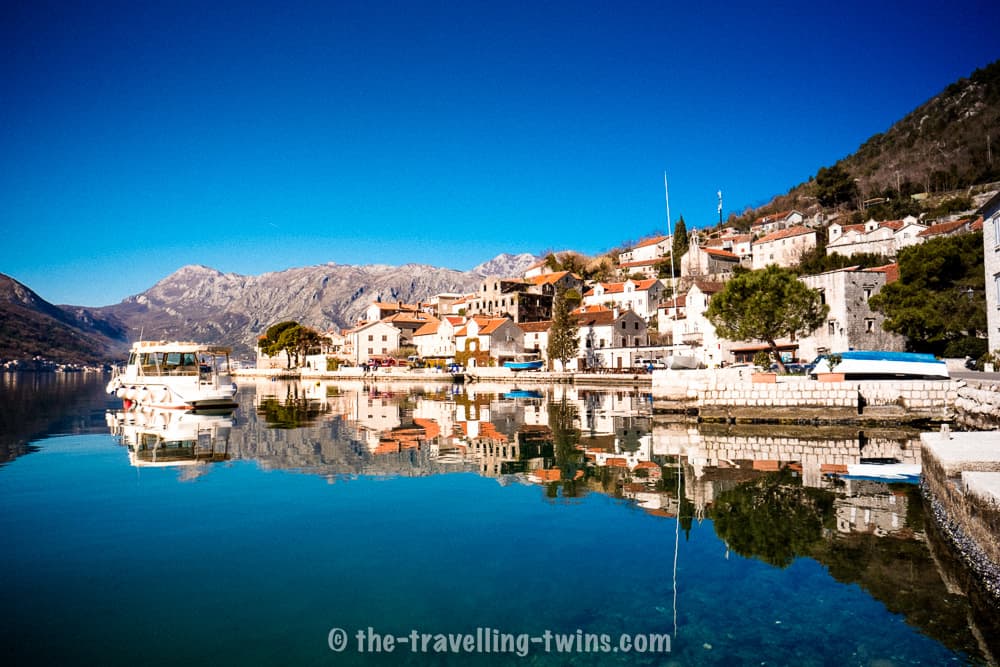
The name Podgorica (pronounced Pod-gor-EEtsa) means Under the Gorica – which is the name of a hill in the middle of the town. Originally the settlement was called Rybnica (after its river) later Podgorica, but in 1945 it was renamed Titograd in honour of the Yugoslavian leader Joseph Tito and then back to Podgorica.
Montenegro Flag
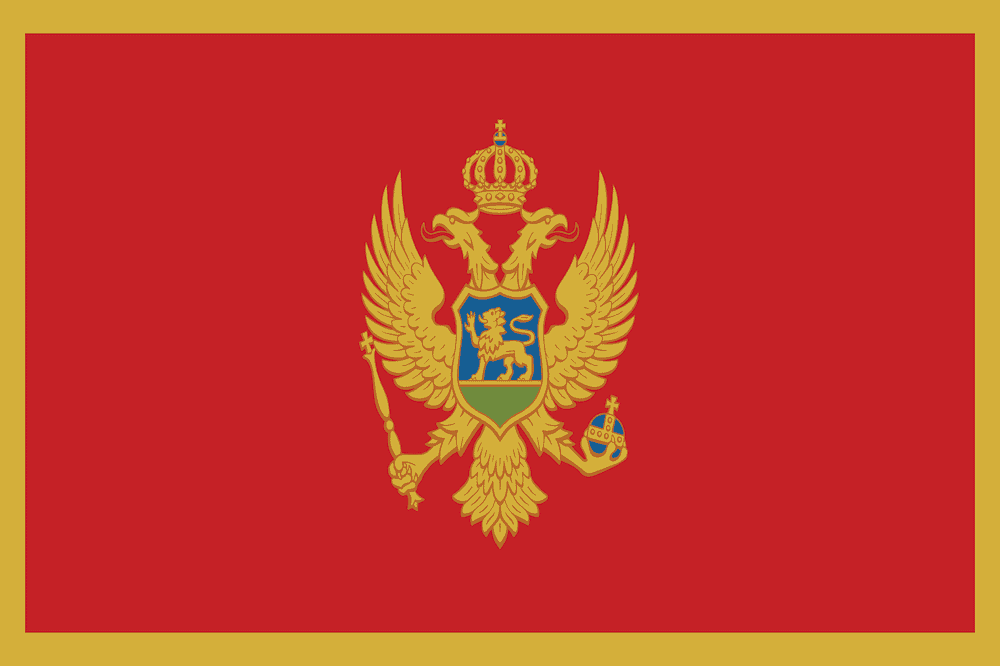
The country’s flag features a golden double headed eagle. The flag is based on that used between 1910 and 1918 during the reign of King Nicola I.
Population
Montenegro has a population of just 643,000 – less than half the population of any of its six former-Yugoslavian neighbours – and even less than the population of my home city Lodz.
Montenegrin currency
Montenegro is not a part of European Union however it has no currency of its own and uses the Euro. Montenegro does not mint, issue or print Euros, but imports it from Eurozone countries. When Montenegro became independent it decided to use the German Deutschmark so when the Mark was discarded the Euro followed in its place.
Montenegro climate
Montenegro has two different climates Mediterranean on the coast – with long, warm and dry summers, and short mild rainy winters and continental inside the country with cold winters due to higher altitude.
Facts about Montenegrin history
Modern Montenegro is one of the youngest countries in the world. It declared its independence from Serbia in 2006. The only younger countries in the world are Kosovo (2008) and South Sudan (2011).
What was Montenegro before 2006?
What we now know as Montenegro was a principality known as Zeta within the Slavonic state of Serbia as early as the fourteenth century. This area had been populated by the Slavic tribes since the 6th or 7th century and before that by the ancient Illyrians. The region fell under the Ottoman empire from the 14th to 19th centuries, and briefly under Austro Hungarian empire in the nineteenth century. The country first achieved independence in 1878.
Declaring itself a kingdom in 1910, Montenegro fought on the side of the allies in the First World War. It was defeated, and in the postwar negotiations was annexed to the Kingdom of Serbs, Croats and Slovenes, which was renamed Yugoslavia in 1929. After WWII Yugoslavia was put under the control of Joseph Tito as a unified Communist State.
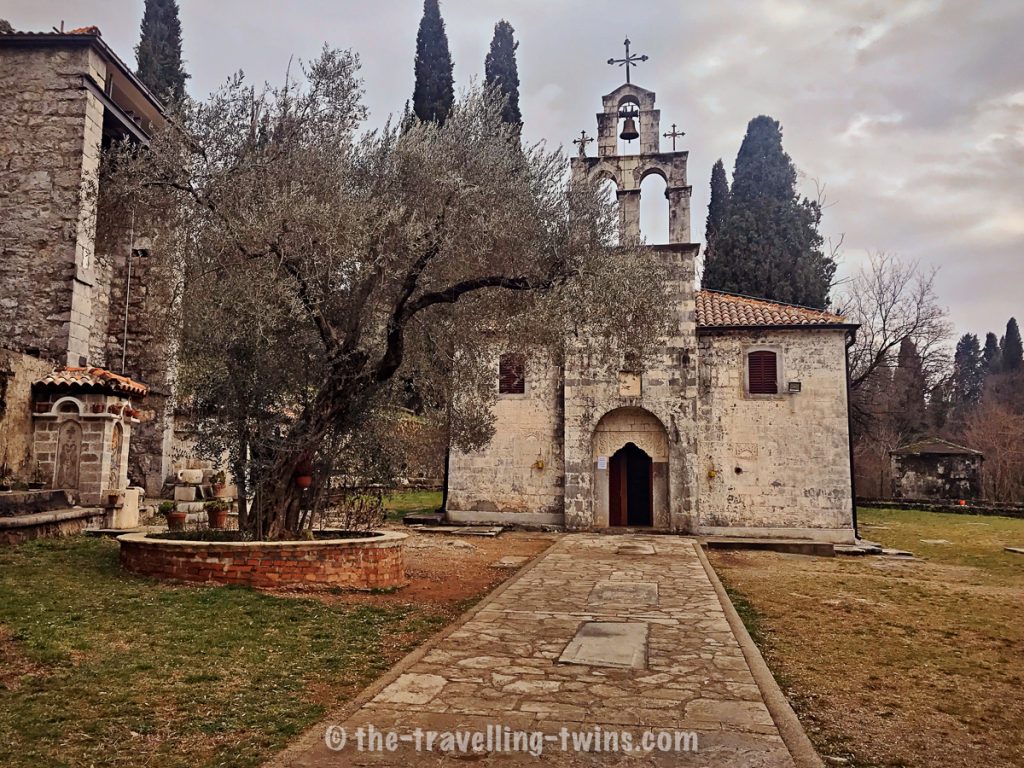
After Tito died in 1980, old ethnic differences flared up and in the 1990s a brutal ten year civil war split the region into several parts, leaving Montenegro in 2003 again annexed to Serbia for the third time in its history. President Filip Vujanovic was a strong supporter of independence and negotiated the right to a referendum on the matter resulting in Montenegro’s independence in 2006.
Montenegro geography and nature
The majority of the country is mountainous, with about 60% of the land over 1,000 meters above sea level. The tallest peak is Bobotov Kuk in the Durmitor Mountains at 2,522 meters.
Tara Canyon
At 82 kilometers long and 1,300 meters deep, Tara River Canyon is the biggest and deepest canyon in Europe and the second biggest in the world.
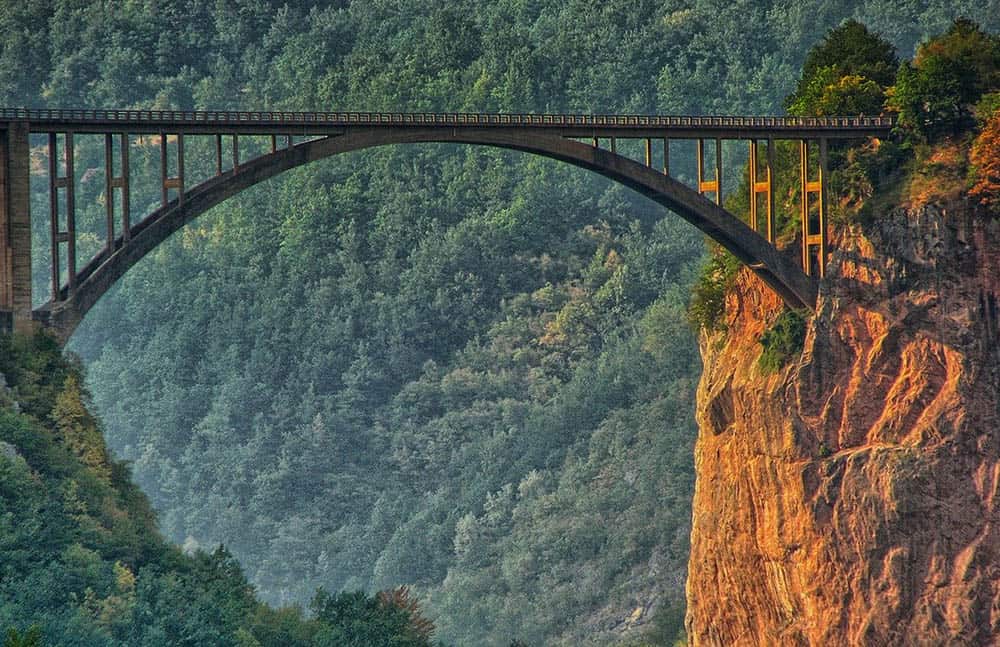
Lake Skadar
Lake Skadar is the largest lake in the Balkans and the biggest bird reserve in Europe. Two-thirds of the lake is in Montenegro and the rest in Albania.
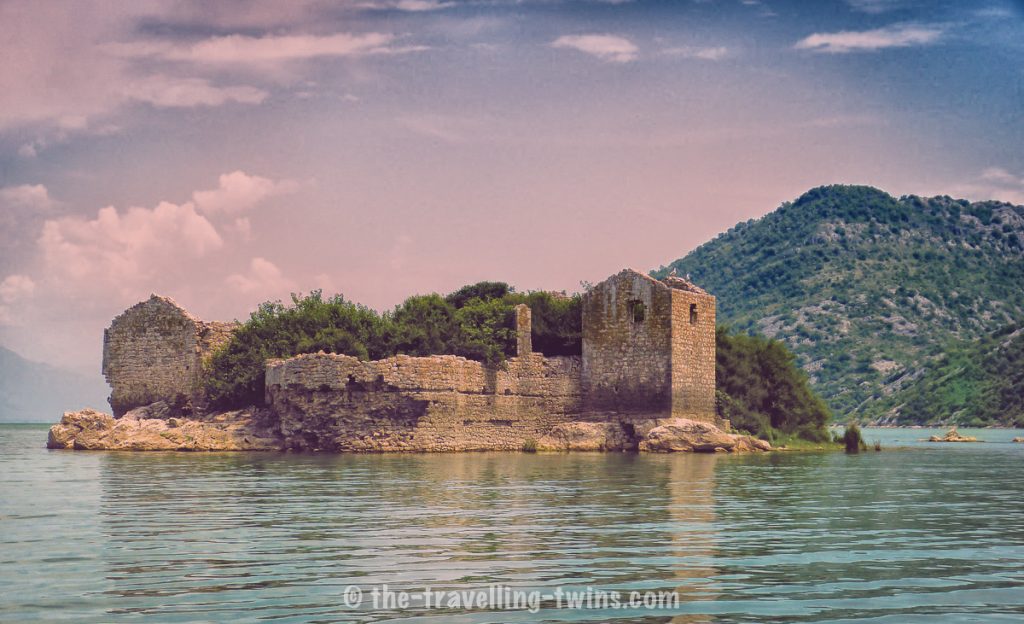
Beaches in Montenegro
The Montenegrin coast has 117 beaches with a total length of 52km. The 13 km long beach in Ulcinj is the longest single beach on the Adriatic sea.
Fact about Tourism in Montenegro and Famous Sites
Tourism is a strategic part of the Montenegrin economy. Its beautiful coast with clean beaches and charming little towns attract summer tourism. In winter we have had the place almost entirely to ourselves.
Kotor and Kotor bay
I think Kotor Bay is one of the most beautiful places in the world. The mountains dive almost straight down into a sea-water filled sunken valley. A narrow road runs around the Tee-shaped perimeter of the bay passing several small historic towns looking almost as they did 200 years ago for the simple reason that there is not enough level land to build new hotels. Two of these towns particularly stand out: Perast is a tiny beautiful port, and Kotor itself is a unique fortified town with ramparts running up the vertiginous face of the mountain to the citadel perched on a crag high above.
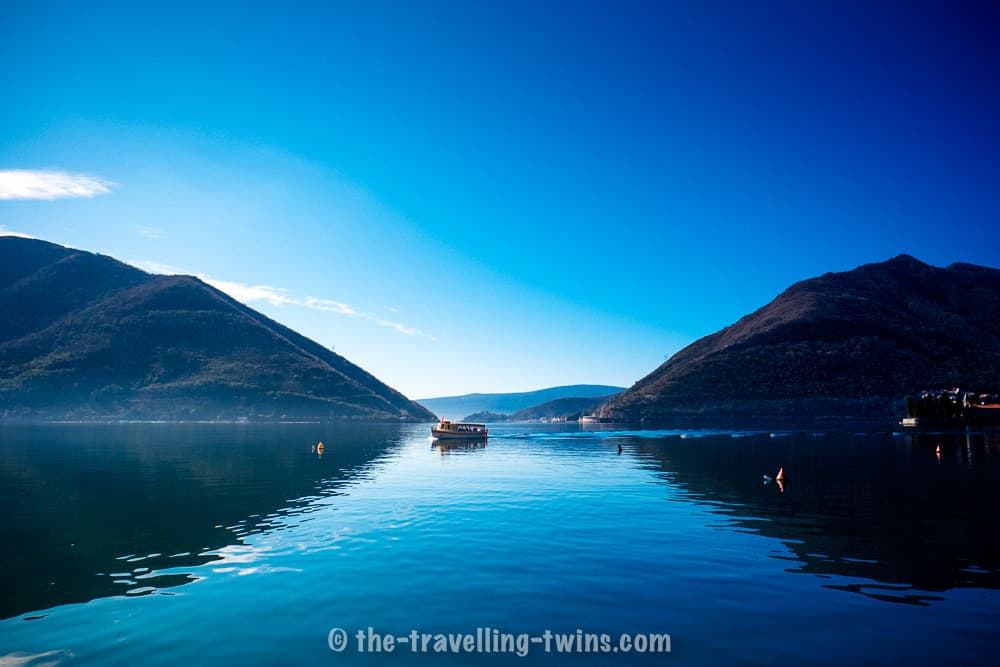
Budva
Budva is a modern resort and rather unlovely, but it has a great beach and its tiny old town sits on a promontory in the bay like a miniature Dubrovnik or Gallipoli – many of the streets are so narrow here that you can almost reach out and touch the walls on either side.
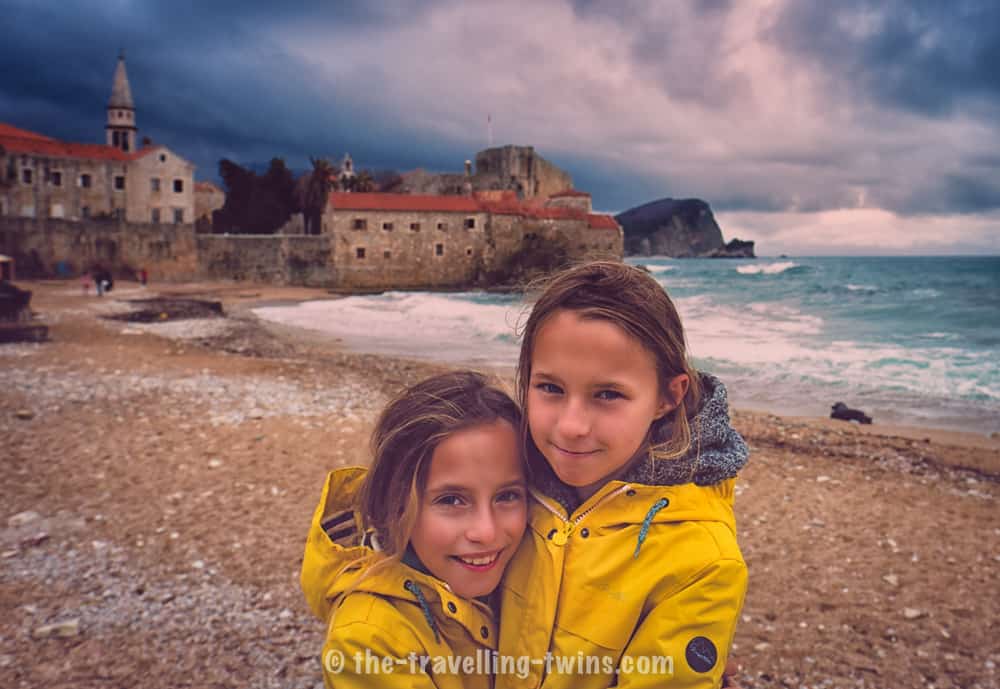
Herceg Novi
Herceg Novi is another resort, and again with an attractive walled old town, but this one runs perpendicular to the coast up into the adjacent hillside with impressive fortresses at both top and bottom. Because of this topography, the new town is also less intrusive.
Stari Bar
The old town of Bar (Stari Bar) is situated in the mountains a few kilometres behind the modern port of the same name. It is one of the larger old towns, but is now uninhabited.
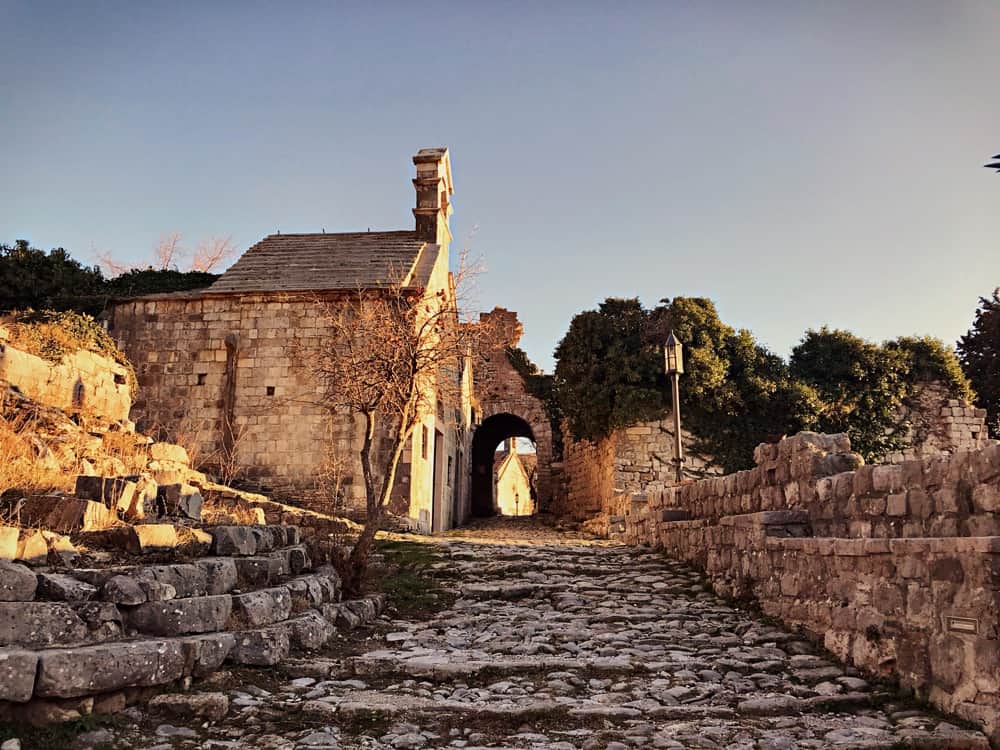
Standing on a vertiginous cliff, Stari Bar’s defences might have been impenetrable if not for the strategic weakness that the town’s water supply was carried by an aqueduct – picturesque it may be but a dead loser in a siege! The aqueduct has been damaged or destroyed at least twice in the town’s history. Stari Bar remains a romantic deserted ruined town to explore on foot.
Ostrog Monastery
Ostrog Monastery was built in the 17th century hard against a vertical cliff face, with two chapels hollowed out of the rock face. It reminded us of Predjama castle in Slovenia. The monastery was destroyed by fire in the early twentieth century leaving only the two cave-chapels intact and rebuilt in the 20’s.
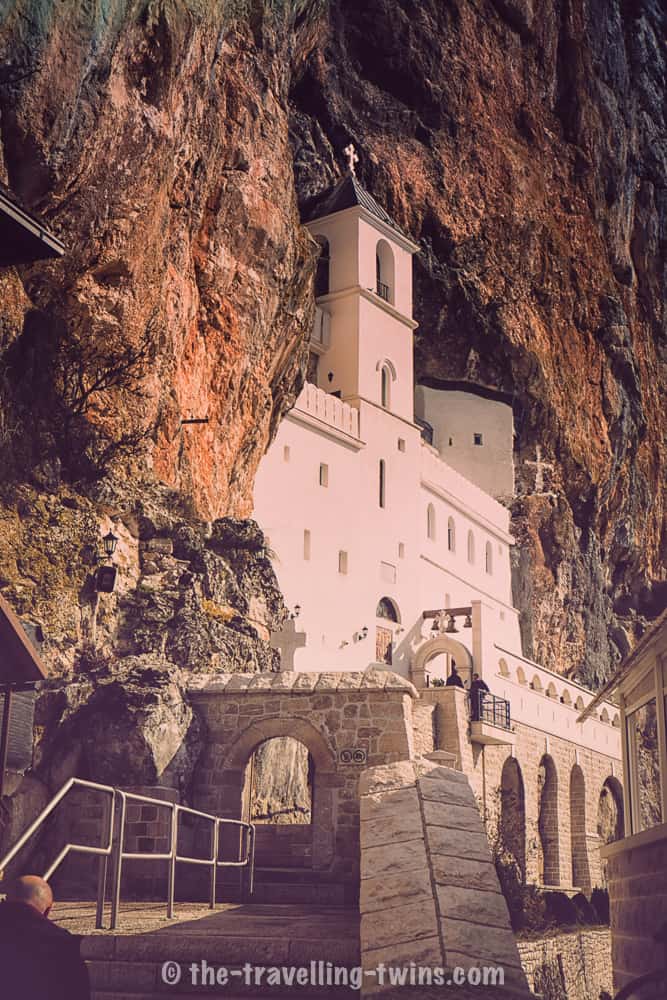
The rebuilt complex is a fascinatingly picturesque composition clinging to the cliff face. Although you can drive up to it, we parked at the bottom of the hill and enjoyed a delightful walk up through the forest. Besides being a spectacular sight, Ostrog is famous for the miracles of St Basil and is a pilgrimage destination for people of multiple faiths and denominations.
Sveti Stefan
Sveti Stefan is a fortified island village connected with the mainland by a tiny causeway. Currently, the whole island is a luxury resort in single ownership. A night in the island hotel will set you back 800 euros, but anyone can pull into a lay-by on the cliff road above and take beautiful photos of the island town in its idyllic setting.
Cetinje – The Old capital
The oldest tree in Europe
Next to the old town (Stari grad) of Bar you can find the oldest olive tree in Europe Stara Maslina is over 2,000 years old!
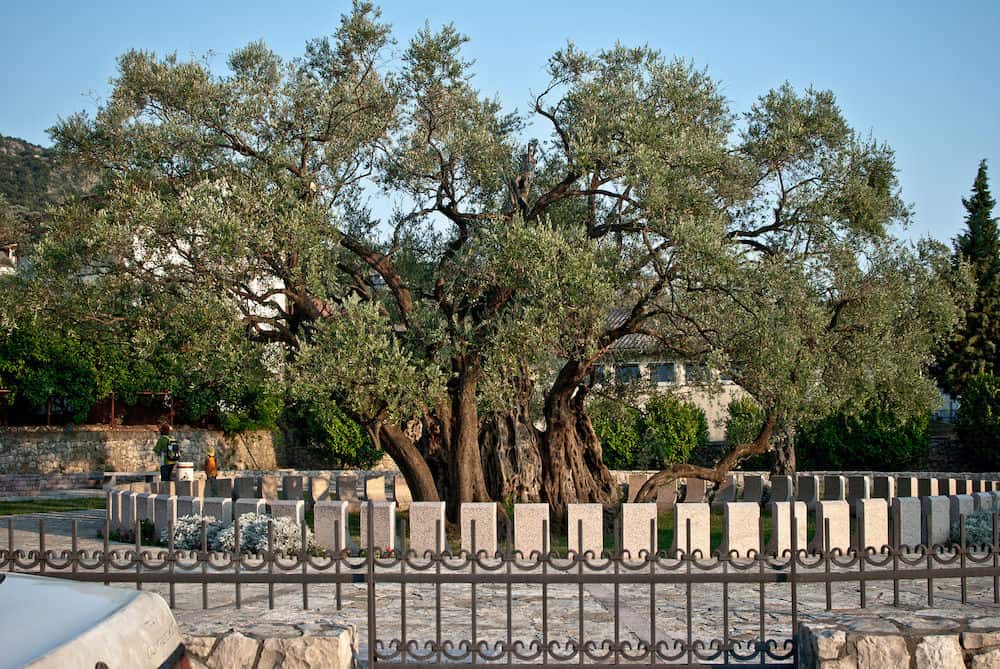
Facts about Montenegro Culture
Laziness
The people of Montenegro have a reputation for laziness within the Balkans. Whether or not they are lazy, they must give a good sense of humor as Etno Village hosts the annual World Lazy Olympics. The winner is the contestant who will lie down for the longest. The recent record is 49 hours. Read more in here
Social gatherings and Funerals
Montenegrins like to party and enjoy long social gatherings. This includes funerals. Apparently, you may be forgiven for missing someone’s wedding but not if you will miss his funeral. Funerals very often turn into big parties.
Height
Montenegrins are some of the tallest people in the world with an average male height of 1.832m (6ft). They rank second to the Dutch by only a fraction.
The majority of the country’s population, almost 47%, is between the ages of 25 and 54.
Random facts about Montenegro
WWW domain
The www domain extension for Montenegro is .me This can be used by anyone wherever they are, and of course is very popular for anyone wanting a website address with a personal angle.
Montenegro in the movies
The name of Montenegro was featured in one of the James Bond Movie – Casino Royale, though the scenes were filmed in the Czech Republic, not in Montenegro. Kotor was featured in the movie The Dark Side of the Sun (1987) with young Brad Pitt.
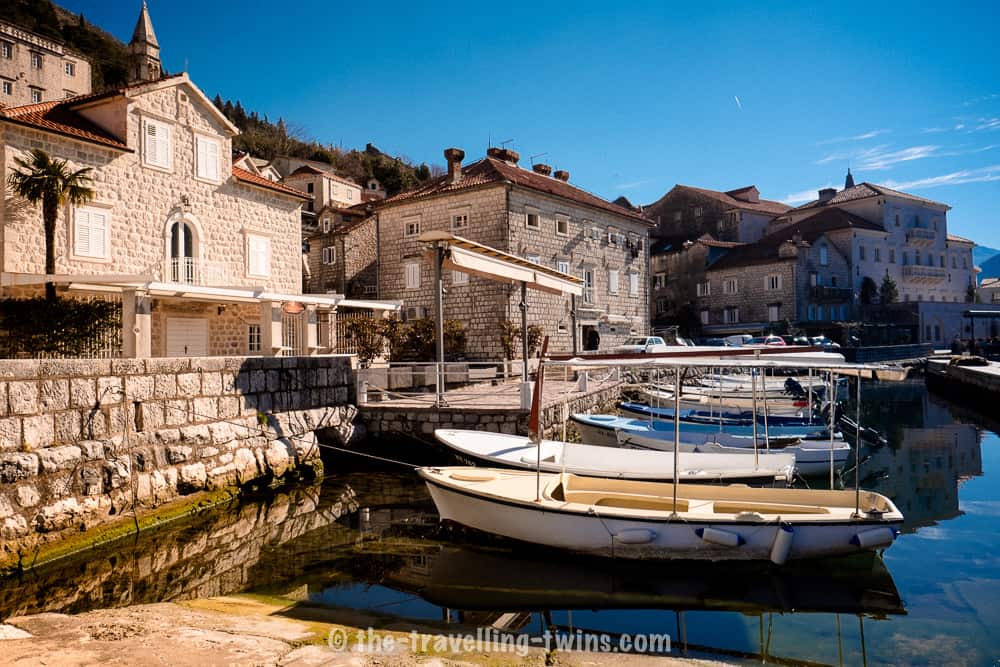
Are people from Montenegro Superstitious? – yes they are
Strangely enough, most Montenegrin Superstitions remind me of those at home in Poland.
- Broken glass will bring you luck.
- If your right palm is itchy it means you will be greeting someone, if your left palm is itchy you will get unexpected money.
- If you have a hiccup it means that someone is talking about you.
- If you sneeze during the conversation it means whatever was said was true.
- Don’t leave your bag on the floor because your money will run away from you. In the restaurant put your bag on next chair or on your lap
- If you are single don’t sit at the corner of the table as you will remain a spinster – I heard this first time when I was 8 from a boy in my class – It didn’t stop me from marrying!
Facts about Montenegro Food
Burek
Burek is a very common pastry in Montenegro, the rest of the Balkans and Turkey. It is a layered phyllo pastry usually filled with cheese but also with spinach and minced meat. For me Burek is a bit too heavy for breakfast or any other meal

Cevapi
Cevapi are small sausages made of pork and beef mince. These delicious morsels are best served with a cold salad of home-grown tomato and cucumber.
Pizza
I don’t know why (I do really) but they do love pizza here. They make it very well, but again, as in Poland, they serve pizza with tomato ketchup.
Ajvar
Ajvar is my favourite. I bought it by chance in the supermarket when we were leaving Montenegro. It was so delicious, I made a return trip and bought another 6 jars. So what it is Ajvar – it’s a spread from red pepper and tomato paste. It can be mild or spicy and it is delicious as a spread or as an addition to sauces.

Skadar Lake Carp (fish)
Around Skadar lake, you can find lots of eateries selling Carp. You can find it is smoked, fried or marinated in oil.
Montenegrin wines
Close to Podgorica you can find the largest vineyard in Europe, measuring over 2,300 hectares and requiring an annual labour force of 2,000 for the harvest, 95% of which is picked manually. The majority of wine is produced from the Vranac grape which is legally protected and restricted to Montenegro and neighbouring North Macedonia. Vranac wine is very dark red and rich, and also heavy in tannin. We really enjoyed it in small quantities, but unlike Costa Rican coffee, I doubt it will become a long term family favourite.
Interesting Facts about Montenegro – Conclusion
Montenegro is a small country with a strong identity and amazing scenery. It’s a perfect place for a short holiday.
Facts about Montenegro – Pin it for later

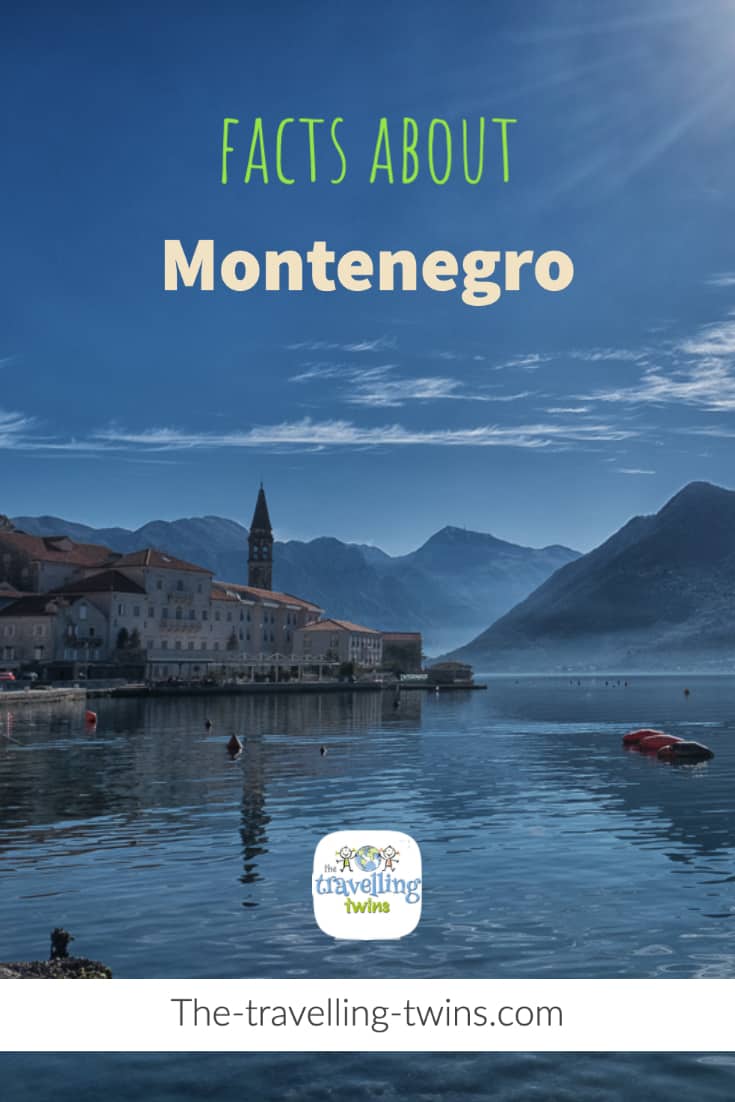

Privacy Policy Disclaimer
This website uses affiliate links for income and support.
If you like our website, please consider using these links. You will be directed to the vendor, and we will get a small commission on your purchase price at no increased cost to you.
We have researched facts stated here as far as practicable but please check anything critical before committing your time and money. We do not claim any special knowledge or expertise, and we are not consultants for our readers.